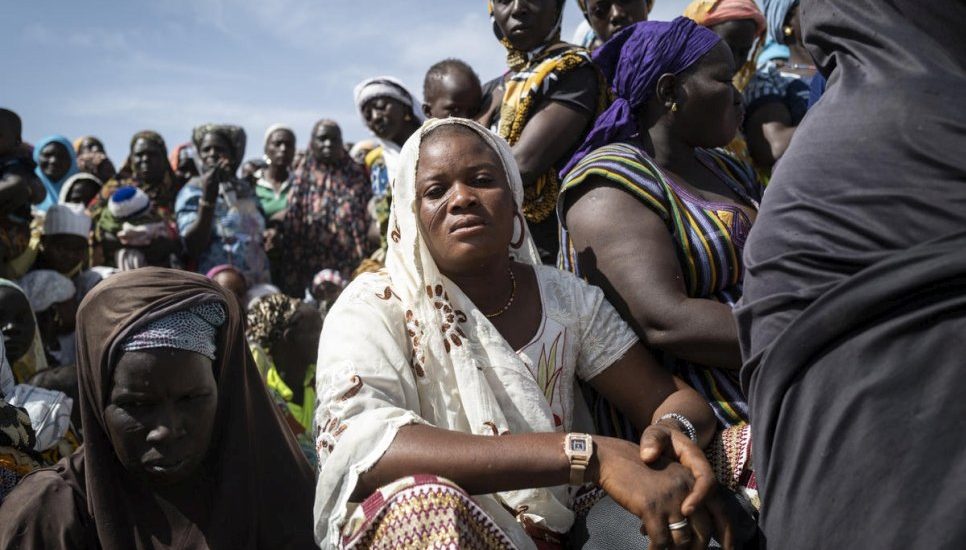- February 7, 2022
- Posted by: humanitarianweb
- Category: Humanitarian News

The Sahel region, already plagued by political instability, widespread violence, food shortages and disproportionately impacted by the climate crisis, is now contending with an increase in the movement of refugees from Burkina Faso, fleeing vicious attacks by armed groups, notably in the region bordering Cote d’Ivoire.
Around 7,000 Burkinabe have arrived in north-western Cote d’Ivoire since May last year. The influx has accelerated in the past six weeks – though is not seen as linked to the recent military coup in Burkina Faso – with an average of 100 people recently crossing the border daily, according to local authorities. UNHCR has registered and provided assistance to over 4,000 of them.
Burkina Faso is also facing an internal displacement crisis. The number of IDPs grew by 50 per cent last year to over 1.5 million, giving it one of the highest proportions of inhabitants that are internally displaced in Africa.
While the regional crisis becomes more protracted, and the limited international focus shifts, large parts of the region remain or have become inaccessible to humanitarian agencies trying to support the 2.5 million people forced to flee their homes in Burkina Faso, Mali, and Niger. This is leading more Sahelians to move southwards toward coastal countries or to North Africa, where many end up in a dangerous limbo.
The Sahel also faces an unprecedented rural exodus and movement to urban areas by the forcibly displaced due to shrinking areas under governmental control, reduced access to land and agricultural production, and multiple environmental challenges. In urban centers, displaced populations are exposed to new protection risks. Threats to women and youth are particularly severe, including sexual and labour exploitation, gender-based violence, forced recruitment and trafficking. Interventions to support women and youth are vital to alleviate suffering and prevent abuse, along with investments in a more positive future for Sahelian communities.
The Sahel is also on the front lines of the climate crisis, with temperatures increasing at 1.5 times the global average. This is exacerbating underlying vulnerabilities of states to manage rapidly growing populations, environmental destruction, natural hazard-related disasters, a reversal of development gains, and encroachment by non-state actors. It is also aggravating conflicts over scarce resources.
In 2021, some 19,200 Burkinabe fled to neighbouring Côte d’Ivoire, Mali, Niger and Benin – a 50 per cent increase on the previous year. More than 34,000 Burkinabe are now in exile across the region.
The plight of Burkinabe refugees is becoming increasingly precarious as more people arrive in Côte d’Ivoire without personal belongings or food. They told UNHCR staff that civilians had been killed and their homes burnt down by extremists. They are being hosted by Ivorian villagers in crowded conditions. UNHCR staff said many Ivorian families are hosting up to 30 Burkinabe refugees in small houses. Overcrowding is deteriorating sanitary conditions, and there are numerous cases of malaria, respiratory infections and malnutrition, adding pressure to local health facilities.
UNHCR will soon launch an appeal for the Sahel region. With a budget totaling US$307 million, UNHCR’s Central Sahel operations are only 7 per cent funded.
Comments are closed.
